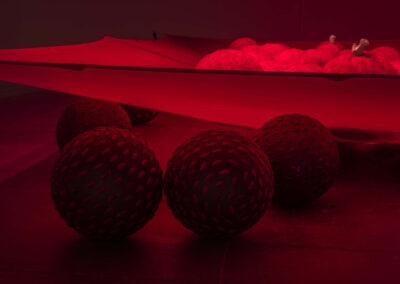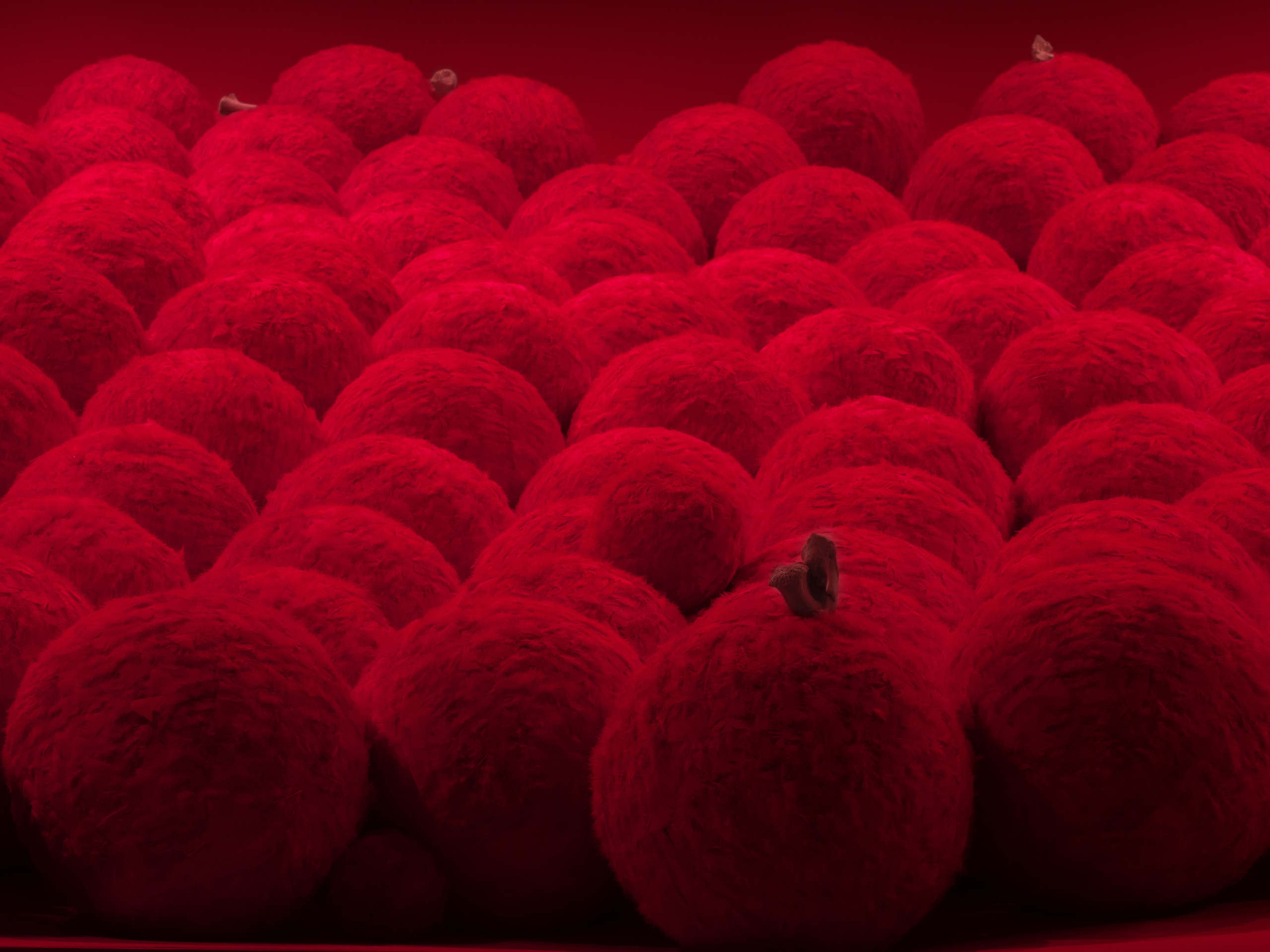![]() Lygia Pape era uma grande apreciadora e estudiosa dos povos originários brasileiros, em especial os Tupinambás. Nos anos 2000 cria, uma série de obras “Tupinambás”, sendo a mais emblemática o “Manto Tupinambá”.
Lygia Pape era uma grande apreciadora e estudiosa dos povos originários brasileiros, em especial os Tupinambás. Nos anos 2000 cria, uma série de obras “Tupinambás”, sendo a mais emblemática o “Manto Tupinambá”.
Da mesma forma que os povos Tupinambás teciam seus mantos, utilizados pelos pajés nos rituais de antropofagia, com penas vermelhas do pássaro Guará, Lygia Pape também o fez, usando penas artificiais. “Eu queria fazer do meu “Manto Tupinambá” uma coisa extremamente bonita, como a arte plumária Tupinambá original, e ao mesmo tempo capturar o terror da morte. Porque ambos estão presentes o tempo todo”.
Recentemente, foi noticiado que a Dinamarca anunciou a devolução de um Manto que está no museu de Copenhagen, o mesmo que participou da “Mostra do Redescobrimento” (São Paulo, 2000) onde Lygia expos pela primeira vez o seu “Manto Tupinambá”.
Lygia Pape was a great admirer and scholar of the original Brazilian people, especially the Tupinambás.![]()
In the 2000s, she created a series of “Tupinambás” works, the most emblematic being the “Manto Tupinambá”.
In the same way that the Tupinambá people wove their cloaks, used by the shamans in the anthropophagy rituals, with red feathers of the Guará bird, Lygia Pape also made it, using artificial feathers. “I wanted to make my “Manto Tupinambá” something extremely beautiful, like the original Tupinambá feather art, and at the same time capture the terror of death. Because both are present all the time”.
Recently, it was reported that Denmark announced the return of a Cloak that is in the Copenhagen museum, the same one that participated in the “Mostra do Redescobrimento” (São Paulo, 2000) where Lygia exhibited her “Tupinambá Cloak” for the first time.
Photograph © 2020 Fredrik Nilsen, All Rights Reserved
#lygiapape #mantotupinambá #nationalmuseet


